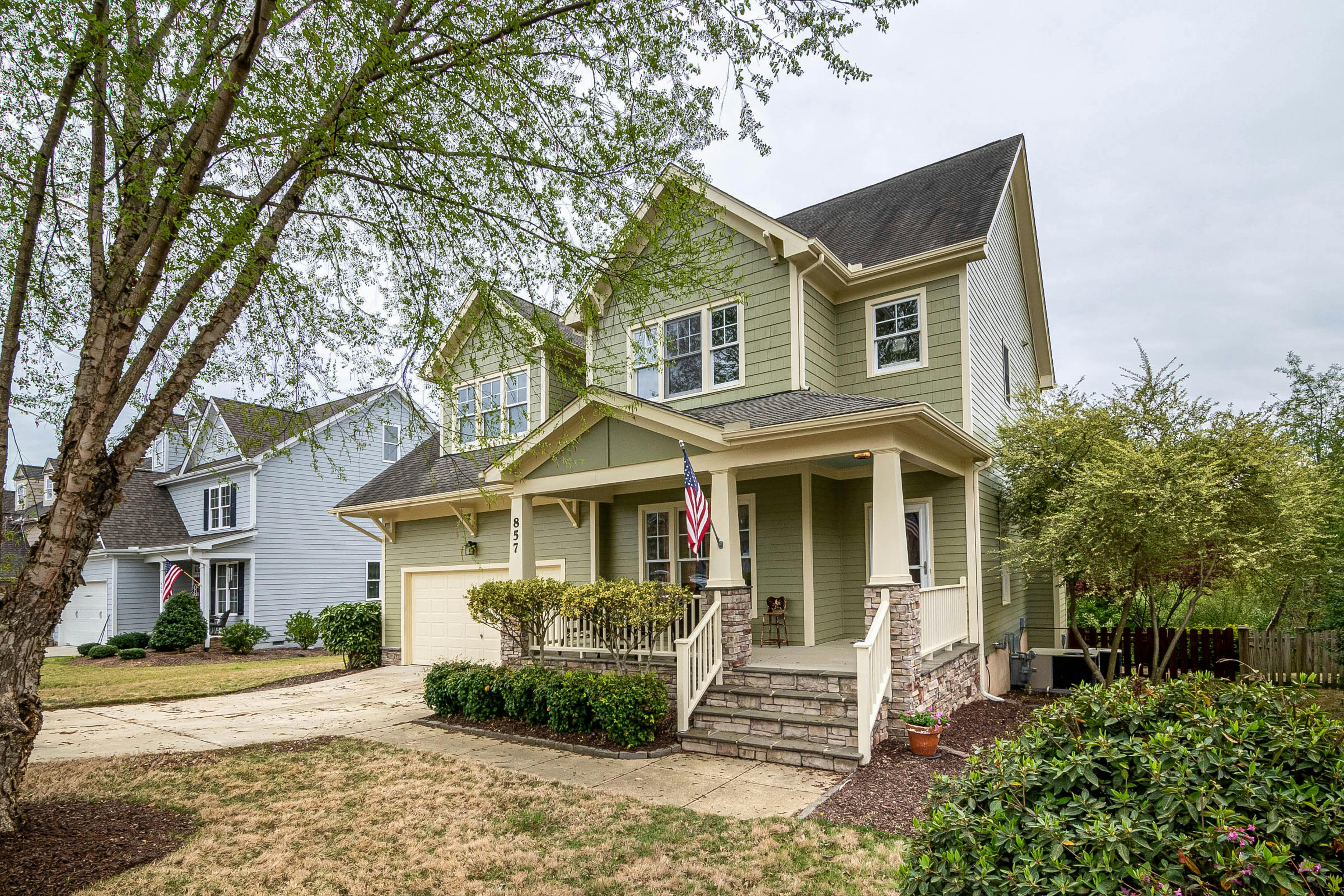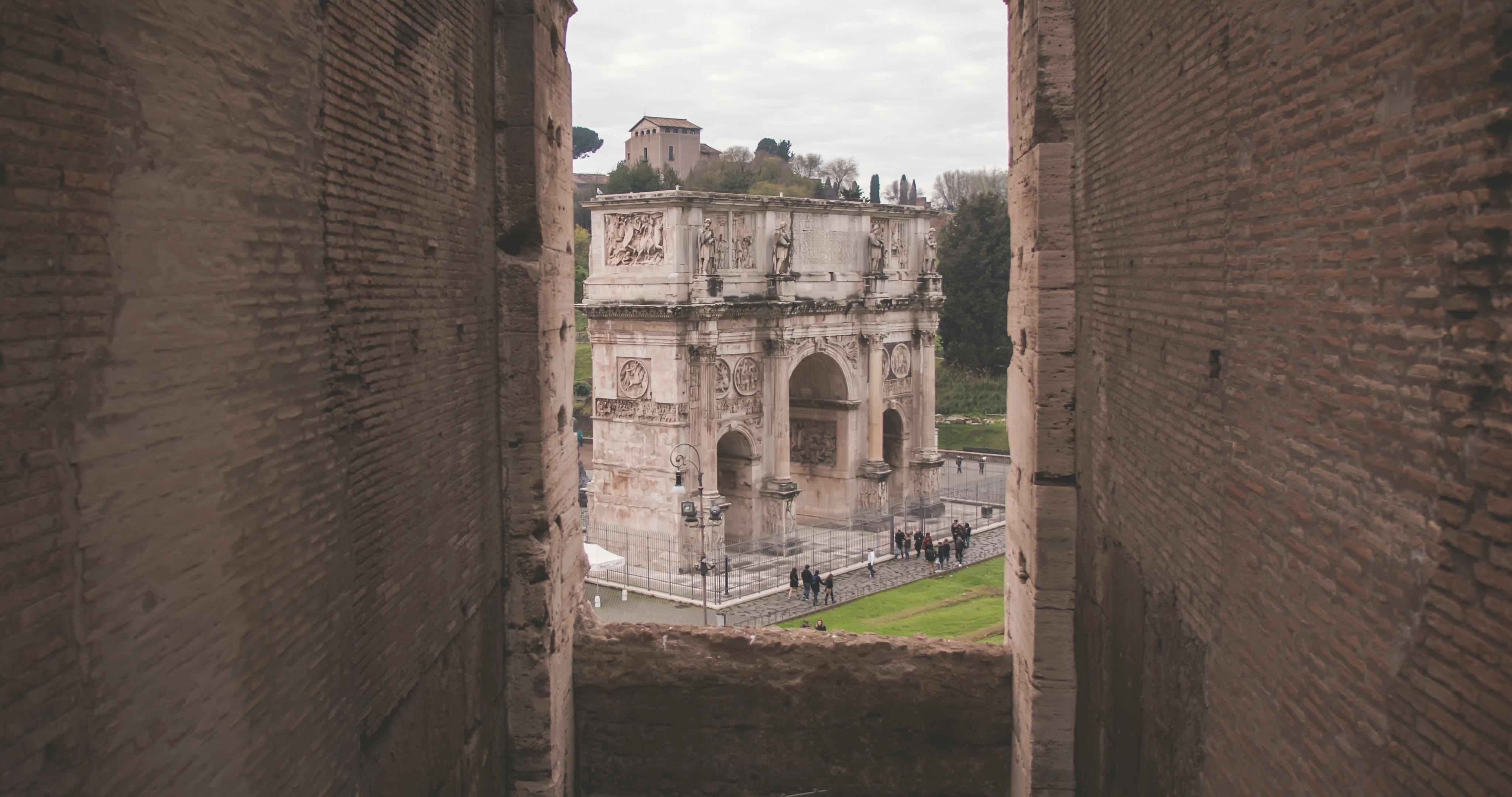Historically, marble tiles have been seen as attractive and elegant materials for domestic or commercial applications.
These tiles have graced historic castles, palaces, monuments, and churches, and have been prized for their durability and elegant radiance. These days, marble is used for many residential and commercial applications, from living room cladding to bathrooms, kitchens, and outdoor use.
Are these types of stone good for outdoor use?
Mable has had the historical attributes of being widely used in construction and outdoor architecture. These types of tiles have been laid on large buildings, monuments, churches, castles, mansions, and small houses as well for centuries.
There are many unique types of marble, which are best suited for interior or exterior applications. This natural stone material is generally used for a wide range of indoor and outdoor applications such as flooring, countertops, wall cladding, fireplaces, and exterior facades.
However, there is something of a drawback when using these types for high-traffic areas, as marble is not considered the strongest of natural stone. Therefore, it may not be a good fit as a floor covering material in extremely high traffic areas, although it would be a great fit in most home or office areas, as well as other light commercial uses. For private homes and residences, the most common residential uses for marble are for window sills, fireplaces, decorative foyers, bathroom floors, outdoor garden paths, columns, steps, and other surfaces.
This material could also effectively complement bathrooms and could be installed as wall cladding, backsplashes, bathtub and shower covers. Due to its durability and ability to withstand the ravages of time and the stress of daily public use, some marble patterns and designs have proven difficult to use as outdoor furniture, such as those used to cover stone posts, benches, and flowers. boxes
Proper installation is needed for these tiles to withstand the elements.
Natural stone materials like marble can really appeal to the senses. But, because it’s a natural material, these stone variants are a little less uniform in color and pattern, and may require more planning when installing. Since most natural stone tile is mass-produced, it will generally have uniform length and width dimensions.
Natural stone tiles that have split or split surfaces are usually sandblasted to help them become more slip-resistant materials, and will help when using marble for exterior use. The hardness of natural stone floor tiles can vary such that some of the softer stones, such as limestone tiles, are not suitable for high-traffic floor areas.
There are types of marble tile that are literally “tumbled” on a machine, in which the process removes the edges and roughens the textures to create an “antique” or old world look. Polished marble has a fairly rough, semi-sanded appearance, making it less slippery and can be used effectively in most outdoor applications such as outdoor lawns or pathways.
However, there is a downside to using marble tiles, especially for outdoor use. In addition to the fact that they require more extensive and additional maintenance, natural marble tiles generally cannot be installed and laid in a visually uniform process. The main reason is that most types of natural marble have subtle veining and color variations that usually do not allow for a perfect visual match.
http://tilenet.net – Tiles for the home



